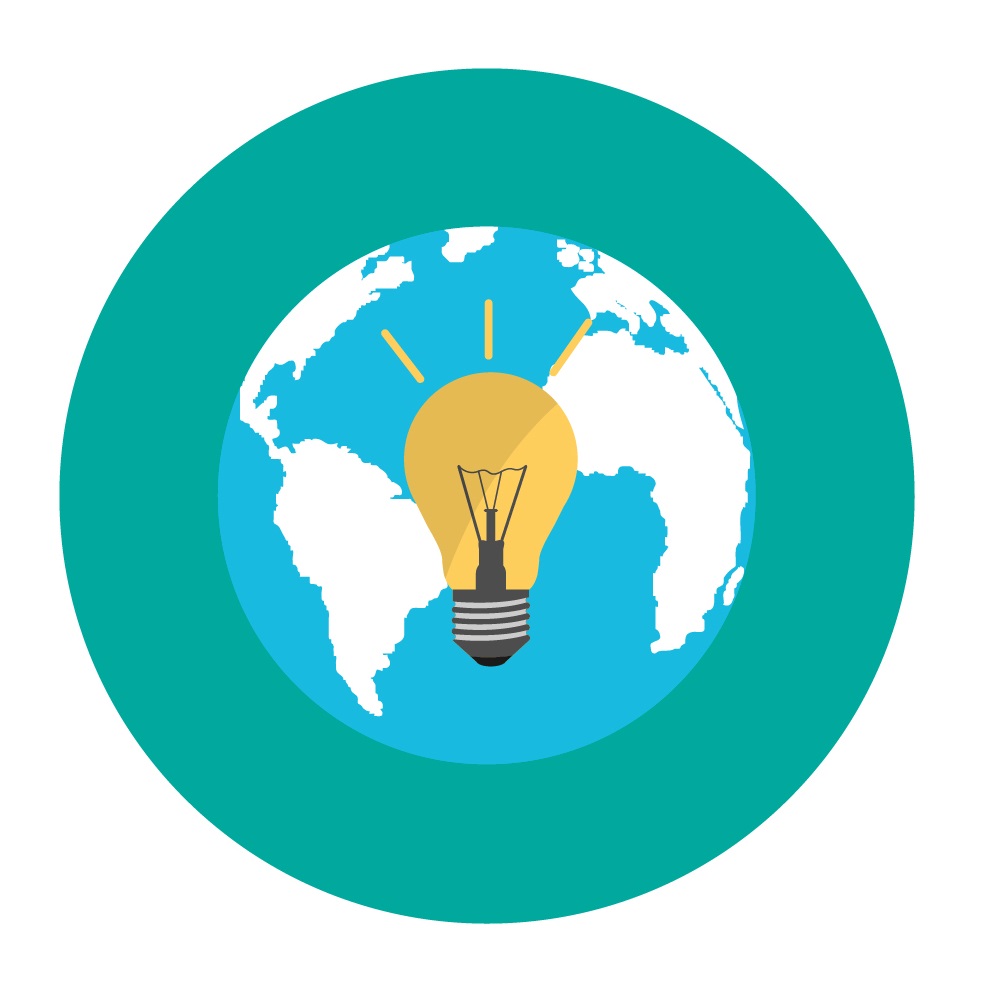Imagine your place of work in ten years from now.
Chances are it’ll be extremely different from today. That is thanks to the fast-evolving technologies that are changing the way we work, the dynamics of the workforce and the concept of the workplace. This is even more applicable considering the recent push we have had to reimagine how, why, and where we work.
To stay relevant and at the forefront, you will need to envision what is on the horizon for work and the impact of emerging technologies. These innovations need to be incorporated to attract the right talent and increase efficiencies to expand and grow.
What is on the Horizon?
The Landscape of Work
New technology will minimise the need to perform repetitive tasks manually. While there will be less labour employed for manual tasks, there will be more employed for creative and strategic thinking and design.
Work is shifting from focusing on task completion to problem-solving, communication, interpretation, and design.
The ability to learn new skills and flexibility will be more valuable than having a specific skill.
Employees will have to be prepared to have a growth mindset and continually adapt to new ways of thinking and working.
How Work Is Performed
Advances in AI-driven technologies are at our doorstep. They will increase the range and amount of work that is done by smart machines.
Future jobs will become less routine, and roles will be redefined by marrying technology with human skills and expertise.
Organisations will need to innovate how humans work alongside machines and invest in workers to maximise the impact of human-machine interactions.
Who Performs the Work
Companies are going to reconsider the employee lifecycle. Moving from full-time employees and shift towards multiple employment formats utilising freelances and gig workers for a more cost-effective and flexible workforce. This will change the structure from employing to fill positions in an organisational chart to hiring for problem-solving and being able to perform a particular task.
Where the Work is Accomplished
New communication and project management platforms break down the barriers among multiple office locations and remote or dispatched teams. This enables seamless collaboration on projects.
Organisations can easily transcend the limitations of distance and tap into the global talent pool so tasks can be completed as cost-effectively and efficiently as possible.
This remote model is not just a way of reducing overheads. It will also require companies to rethink how they nurture culture and team networks within a virtual work ecosystem to develop and retain increasingly scarce talent.
Key Technologies that Will Reshape the Future of Work
Cloud-Based Communication Platforms
These platforms enable organisations to leverage the benefits of a remote workforce effectively. They help simplify workflow and facilitate communication and collaboration through functionalities such as voice and video calls, instant messaging and screen and file sharing. A good platform is the hub of a digital workplace.
AI-Driven Technologies
The artificial intelligence (AI) umbrella incorporates machine and deep learning, and natural language processing and generation. The use of AI allows businesses to extract insights from accurate data for timely decision making and increase efficiencies of repetitive work. It will help humans to cut through the clutter and figure out where to focus their attention to enhance strategic thinking and decision making.
Digital Talent Platforms
The capability in gaining access to talent from all over the world through a variety of work arrangements is prompting organisations to reconsider their employee lifecycle.
Moving from traditional inhouse employees for function-specific work to contractors, gig-based and crowdsource arrangements for task-specific work. It allows companies to shift from filling specific roles to hiring talent based on the skills required to complete a project successfully.
Quantum Computing
This type of computing capabilities can process data thousands of times faster than traditional silicon chip-based computers and use less power doing it. The exponential increase in capacity makes it possible to run complex AI-powered applications for analytics and modelling, along with improving cybersecurity.
When considering the future of work, we need both a visionary and pragmatic approach to take full advantage of the emerging technologies. Organisations need to reconsider their workflow, personnel, and workplace from the ground up to capitalise on technologies while establishing meaning and value for employees.



1 Comment